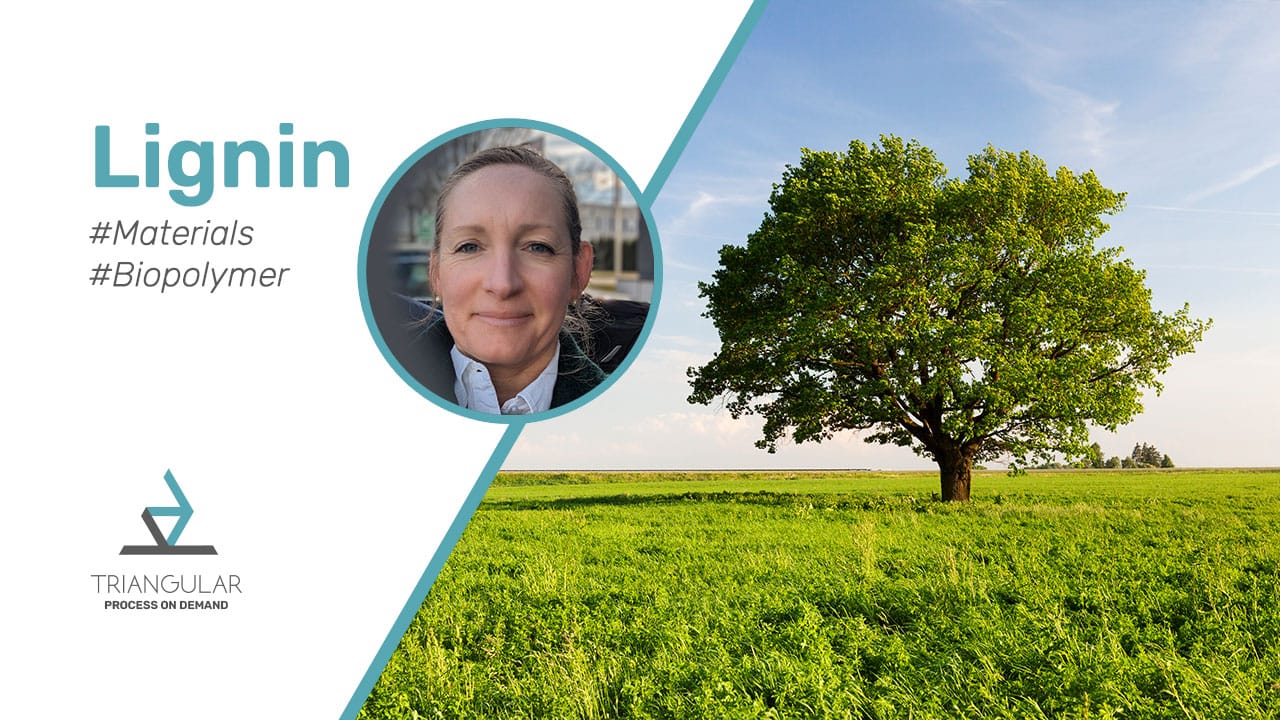Ever wondered what happens to plant leftovers post-paper production or at biorefineries?
𝐋𝐢𝐠𝐧𝐢𝐧 is an organic polymer, a vital component in wood alongside cellulose and hemicellulose. It makes up 20 to 30 percent of the dry matter in ligneous plants. It is biodegradable, can upcycle biomass and completely natural.
You can transform lignin into fine powder, perfect for cosmetics, e. g. skin care, UV protection, and vibrant color applications.
What have we learned so far about Lignin?
Depending on the lignin source its quality fluctuates a lot. This is the main reason why there is no One-Size-Fits-All solution in processing it. Each process needs to be discussed individually.
Typical processes for lignin manufacturing are compacting, granulating, briquetting, milling, classifying. But it my be way more complex including washing and several filtration steps.
There is a lot of potential for this green material. Especially if you look at possible applications:
- As a building block for the chemical industry
- Replacement carbon black for rubber (tyres)
- Plastics (thermoplastics, elastomers, wax)
- Additive for foam (PU foam, aerogels)
- Hard carbon for battery anodes
- Carbon fibres
- Animal feed
- CosmeticsResin
If you need lignin as a raw material or need expertise in processing your by-product, jump to our ProcessOnDemand portal to connect with unique lignin experts.
Or talk to us to discuss your individual project needs.

